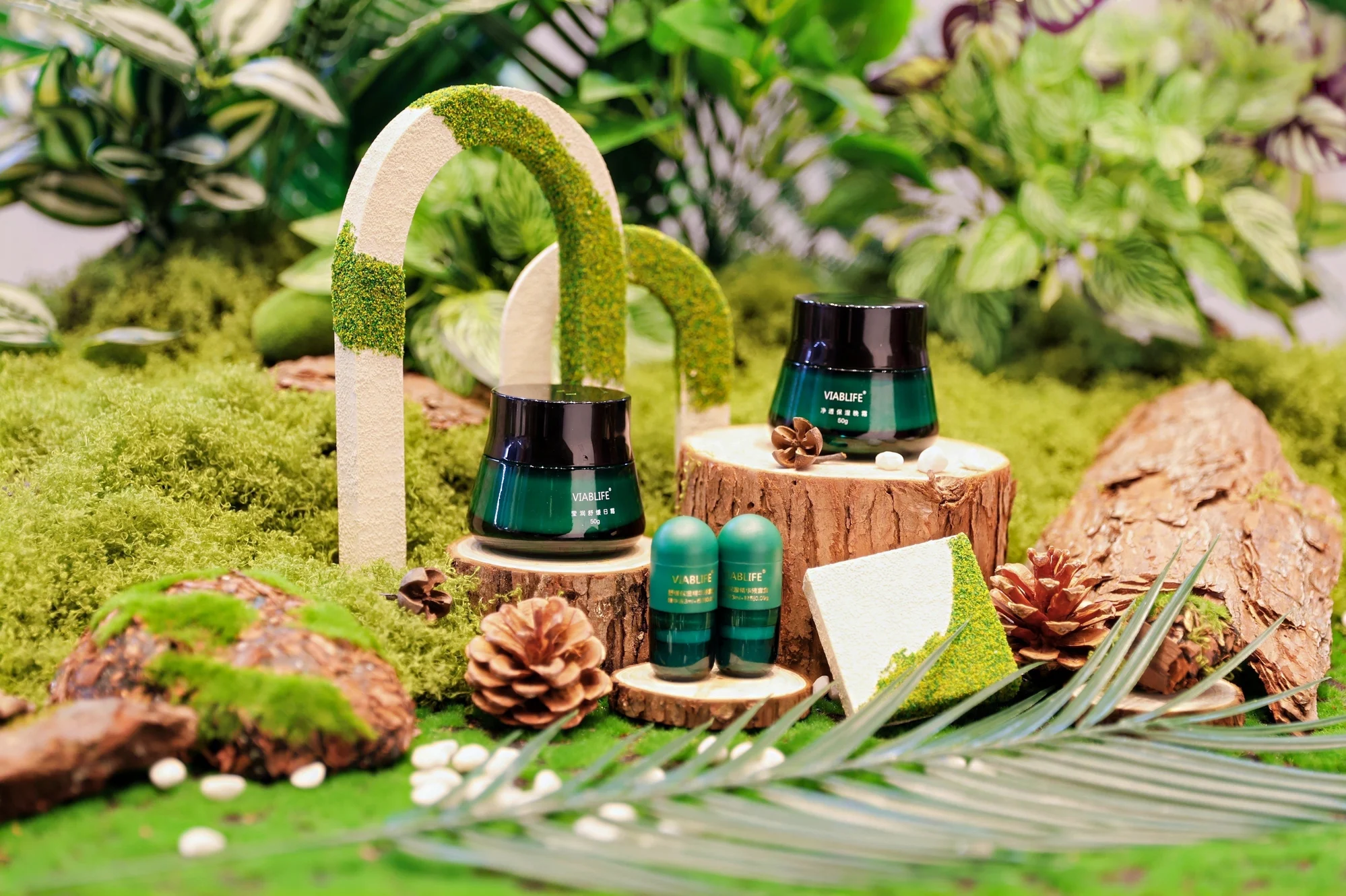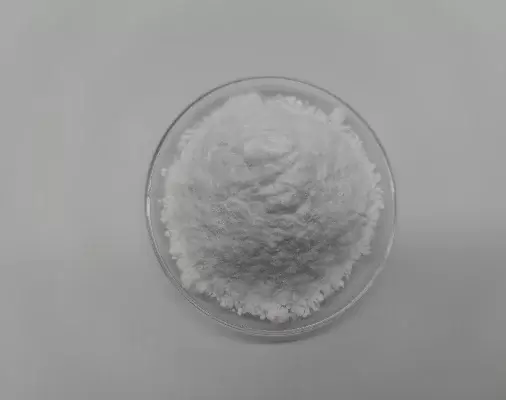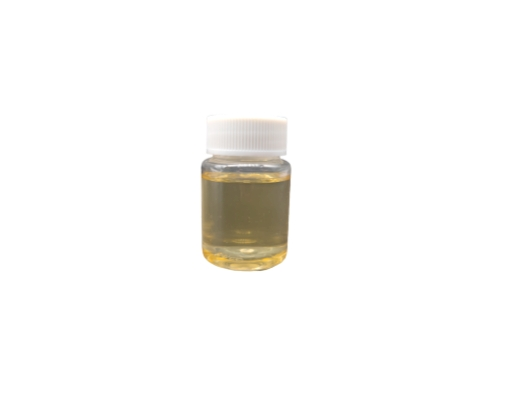For decades, ceramides have been the gold standard for skin and hair health — but traditional production methods have limited purity, scalability, and sustainability. Viablife’s biotech approach changes the game. Using microbial synthesis, they deliver high-purity, skin-identical ceramides, multifunctional complexes, and plant-inspired alternatives that make formulation simpler, greener, and more reliable.
Ceramides have been the cornerstone of high-performance skincare, revered for their ability to reinforce the skin barrier, lock in moisture, and restore resilience. But even as demand climbs, producing ceramides at commercial scale has remained a persistent bottleneck. What if we could rethink the way they are made, not just as cosmetic actives, but as biotech products optimized from the ground up?
If you’re curious how synthetic biology is quietly revolutionizing one of the skincare world’s most trusted ingredients, read on. The future of ceramides may look nothing like the past.
Rethinking Ceramides for a Changing Industry
Ceramides are a class of sphingolipids naturally present in the outermost skin layers. Their molecular structure allows them to form tightly packed lamellar layers alongside cholesterol and free fatty acids, thereby minimizing transepidermal water loss, and shielding the skin from external irritants. In short: they’re essential to healthy barrier function.
Over the years, ceramides have become “must-have” ingredients in everything from moisturizers to serums and even scalp treatments. But the ways we’ve traditionally sourced or synthesized them, have constraints:
√ Extraction from natural sources (plants, animals) can yield impurities, limited variety, and supply variability
√ Chemical synthesis can deliver high purity, but often at the cost of complex, costly steps, and environmental burden
√ Batch inconsistencies and stereoisomer mixtures can reduce formulation reliability and performance
This results in many brands and formulators struggling with trade-offs between supply, purity, sustainability, and cost. The industry needs a new paradigm that aligns innovation with scalability and environmental responsibility.
That's where synthetic biology comes in.
Synthetic Biology and its Role in Beauty
Synthetic biology refers to the engineering of biological systems, typically microbes like yeast or bacteria, to produce molecules of interest. Instead of harvesting from a plant or building via multistep chemistry, you give the microbe a set of instructions to manufacture the target molecule from simple feedstock (e.g., sugars). After fermentation, the compound is harvested, purified, and delivered to formulators.
In recent years, technology has gained traction in multiple sectors – and beauty is clearly no exception. Many of the biotech-produced ingredients already in use (such as peptides) owe their existence to synthetic biology innovation.
For the beauty industry, this offers a few key advantages:
√ Batch-to-batch consistency and purity;
√ Cleaner, greener production;
√ Scalable yields;
√ Structural fidelity or "designer variants".
In effect, synthetic biology lets you "grow" ceramides rather than build them piece by piece, delivering both innovation and reliability.
Viablife’s Ceramide Portfolio: What Each Ingredient Brings to the Table
Viablife Biotech approach harnesses microbial fermentation to produce a suite of ceramide and ceramide-related lipids. Let’s dive in below.

Ceramide NP, AP, EOP & NG
These four are among the most studied phytosphingosine-based ceramides, with distinct functional roles:
√ Ceramide NP is abundant in healthy skin and well-known for supporting barrier repair.
√ Ceramide AP features an α-hydroxy moiety, increasing polarity and hydrogen-bonding potential, which may aid in barrier stabilization.
√ Ceramide EOP is a specialized variant that helps anchor the lipid layers and is often lower in concentration in compromised skin.
√ Ceramide NG has a structure highly similar to the ceramides naturally synthesized by human skin. It excels at replenishing the skin's lipid reserves, enhancing long-lasting moisture retention, and reducing dryness and flakiness. Meanwhile, it helps maintain the integrity of the stratum corneum, making the skin more resistant to external environmental irritants.
By being produced via biotech processes, these versions offer enhanced purity and yield. Intended to be skin-identical, they help formulators match the skin’s natural lipid matrix more precisely.
In skincare, using balanced combinations of NP, AP, EOP and NG is often advantageous. These subclasses act synergistically to reconstitute healthy barrier lipids, especially in formulations designed for atopic, dry, or compromised skin.
Viablife CeraMix Plus
Viablife CeraMix Plus is Viablife’s ceramide complex, combining NP, AP, EOP, and other supporting lipids (e.g., phytosphingosine), structured to mimic the skin’s natural ceramide mix. By providing a “ready-made” ceramide blend, CeraMix Plus reduces formulation complexity, development time, and risk.
Ceramide 50
Bio-fermented, high-purity ceramide with anti-ageing and barrier-support effects, Viablife Ceramide 50 is:
√ Engineered for better stability and compatibility in formula systems;
√ It may be delivered in microcapsule formats for better skin contact and absorption.
Public recognition has also followed: Viablife Ceramide 50 recently won a 2025 InnoCosme award for Best Functional Ingredient! In formulation, it serves as a versatile ceramide option for creams, serums, or hybrid formulas.
Viable Phyto-S
Viable Phyto-S is a plant-inspired ceramide alternative, tapping into the growing consumer preference for "green" or "plant-derived" ingredients. The positioning is clear: for formulators who want consumer-facing “eco” credentials without sacrificing performance, Phyto-S offers an interesting alternative
Viable TAPS (Triacetylphytosphingosine)
Viable TAPS is a functional lipid precursor in ceramide biochemistry and a key intermediate in synthetic or biosynthetic ceramide production:
√ In synbio workflows, TAPS can be converted (via deacetylation) into phytosphingosine, a backbone used in many ceramide types
√ Using microbial fermentation, TAPS can be produced with stereochemical fidelity (i.e. the “right” isomer) more efficiently than some chemical routes
√ Because TAPS is itself biologically active, it can also serve as a functional ingredient in formulations focusing on barrier restoration or sensitive/compromised skin support — not just as a raw precursor
By including TAPS in its product line, it shows their capacity to work both upstream (in lipid biosynthesis) and downstream (final ceramide actives)
Applications and Use Cases
One strength of Viablife’s ceramide portfolio is its versatility across product categories:
√ Barrier creams and repair lotions: The NP/AP/EOP can form the lipid matrix backbone in barrier-repair formulas.
√ Serums and emulsions: Ceramide 50’s engineered stability makes it ideal in less occlusive textures.
√ Scalp and hair care: Ceramides (especially NP/AP) are increasingly used to reinforce scalp lipid balance or mitigate barrier disruption from treatments.
√ Color cosmetics with skin benefits: Because these ceramides are high purity and well-formulated for compatibility, they can be incorporated in foundations, tinted moisturizers, or cushion formulations that also deliver barrier support.
√ Sensitive/compromised skin lines: The clean, biotech route and lower impurities give formulators confidence in tolerability — especially with TAPS and Phyto-S as gentler options.

By offering a full palette, from basal ceramides to complex blends to precursors, Viablife enables formulators to pick the right tool for each formulation challenge.

Innovation Combined with Ease of Use
Innovative ingredients are only as valuable as their usability in real formulations. Viablife’s ceramide line supports formulators in a few critical ways:
√ Stability and compatibility: Because these ceramides are engineered with consistent purity and controlled chain length distributions, they tend to behave predictably even in complex emulsions.
√ Formulation flexibility: The presence of both standalone ceramides (e.g. NP, 50) and a blend (CeraMix Plus) gives formulators tactical freedom depending on budget, performance goals, or target textures.
√ Simplified development: A prebalanced blend like CeraMix Plus reduces trial-and-error in optimizing ratios, enabling faster go-to-market.
Differentiation: Brands can market biotechnology-based ceramides with clean credentials, letting the innovation story bolster consumer trust — without burdening R&D teams with exotic handling.
Put simply, Viablife Biotech is building not just novel molecules, but practical bridges from lab to shelf.
Setting a New Standard for Ceramides
Viablife Biotech ceramide portfolio is more than a collection of actives — it's a demonstration of what synthetic biology can achieve when aligned with formulation reality. By offering a spectrum from skin-identical ceramides (NP/AP/EOP/NG) through versatile options (Ceramide 50, CeraMix Plus) to precursor tools (TAPS, Phyto-S), they bring flexibility, purity, and sustainability to a historically constrained ingredient class.
For brands and formulators, this is an invitation to move beyond old trade-offs. The next wave of beauty innovation lies not just in new claims, but in smarter ingredient sourcing powered by biotech.
Ready to explore how Viablife’s ceramides can elevate your formulations? Check out Viablife Biotech portfolio on Covalo and discover which ingredient could be your next game-changer.
If you're heading to in-cosmetics Asia 2025, make sure to visit Viablife at booth R55!

About Viablife
Viablife is a biomanufacturer of natural cosmetic ingredients. Founded in 2015, the company has experienced rapid growth over the past decade and established a comprehensive system encompassing R&D, industrialization, solution development, and comprehensive quality control.
Viablife operates 5 flexible production lines within a 65,000 m² facility, achieving an annual output capacity of 10,000 tons. It has implemented an Industry 4.0 digital platform to ensure efficiency, precision, and scalability across its operations.
Its commitment to quality and excellence is demonstrated by multiple international certifications, including ISO 9001, KOSHER, IPMS, REACH, FDA GRAS, FSSC 22000, HALAL, COSMOS, Vegan, and USDA.
Driven by sustainability, Viablife aims to develop sustainable, eco-friendly, and cost-effective biomanufacturing processes for valuable natural products. It has a world-class research and development team with extensive experience in fields such as fermentation, enzymes, metabolic engineering, synthetic biology, AI technology, big data, and more. With the innovative Viablife Biolego® platform and its wholly-owned automated manufacturing center, Viablife is able to effectively and efficiently bring its high quality products to market. Our main products include a full range of Ceramides, Nicotinamide, Hydroxytyrosol, Squalane, Panthenol, a-Bisabolol, Ectoine, a-Arbutin, Caffeic Acid and more.






 Leave a Message
Leave a Message